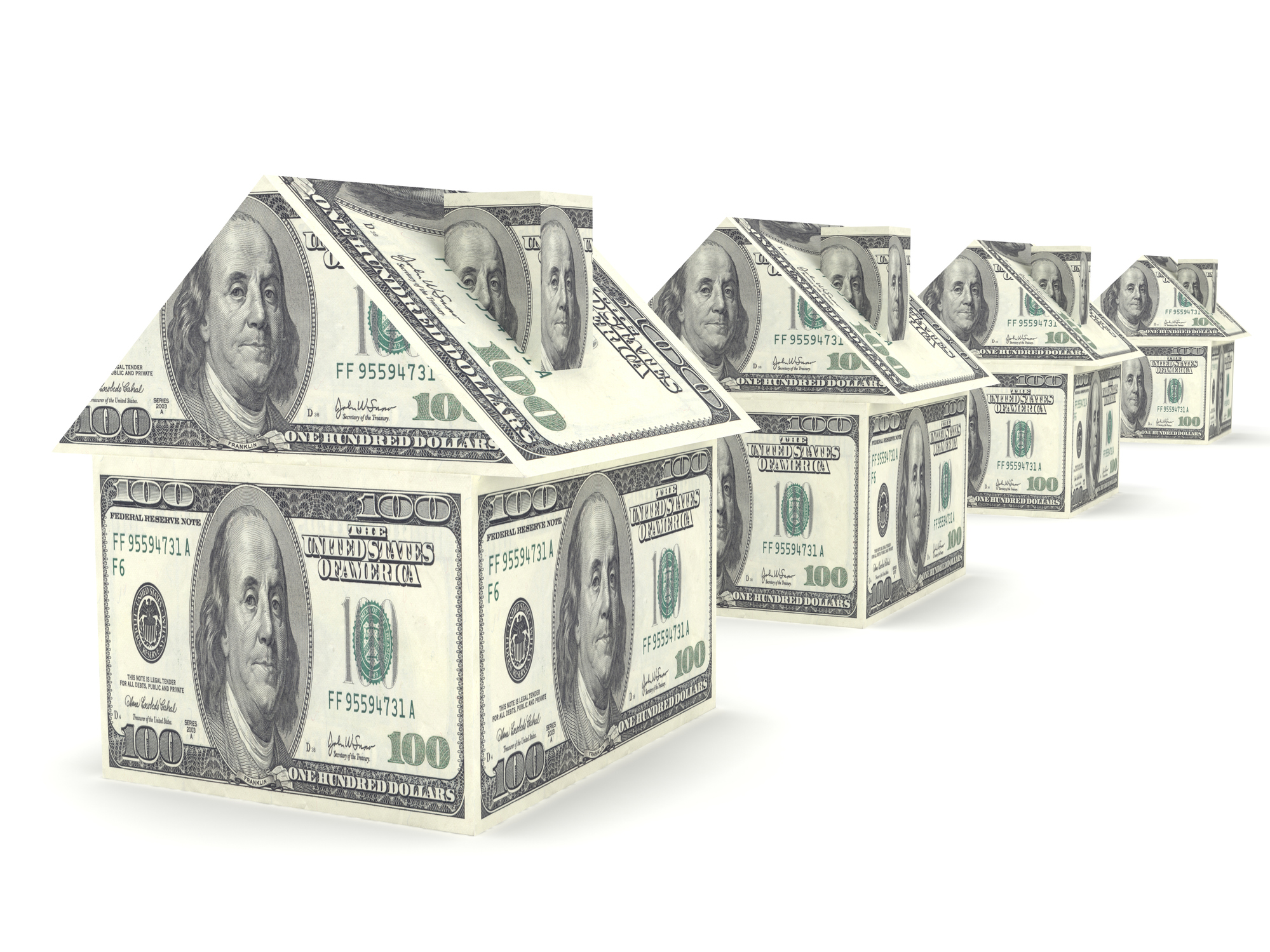
When housing prices are climbing, and interest rates are holding steady at 7%, there are several potential implications and expectations:
- Increased Demand: Typically, when housing prices rise, it indicates increased demand from buyers. This could be due to population growth, a strong economy, low unemployment rates, or favorable migration patterns.
- Supply Constraints: Rising housing prices may also result from limited housing supply. If there’s not enough inventory to meet the demand from buyers, prices tend to increase.
- Investment Opportunities: Investors may see opportunities in the real estate market as prices climb. They may anticipate further appreciation and seek to capitalize on potential profits.
- Affordability Challenges: Higher housing prices can pose challenges for first-time homebuyers or those with lower incomes, as it may become increasingly difficult to afford a home. This could lead to a shift towards renting or a delay in purchasing a home for some individuals or families.
- Impact on Rent: Rising housing prices can also impact rental markets. As homeownership becomes less affordable, some individuals may choose to rent instead, potentially driving up rental prices.
- Inflation Considerations: Persistently high housing prices, especially with steady interest rates, could indicate inflationary pressures in the economy. Central banks may monitor this closely and adjust monetary policy accordingly.
- Potential for Speculation: In a rising market, there’s a risk of speculative behavior, where buyers purchase properties expecting to sell them quickly for a profit. This can contribute to volatility in the market and may lead to a housing bubble if not supported by underlying fundamentals.
- Regional Variances: It’s important to note that housing market dynamics can vary significantly by region, so what holds for one area may not apply to another. Local economic conditions, job markets, and housing regulations influence regional housing trends.
Overall, while rising housing prices can be a sign of a healthy real estate market, it’s essential to monitor factors such as affordability, supply and demand dynamics, and economic indicators to assess the sustainability and potential risks associated with the trend.


 Facebook
Facebook
 X
X
 Pinterest
Pinterest
 Copy Link
Copy Link

